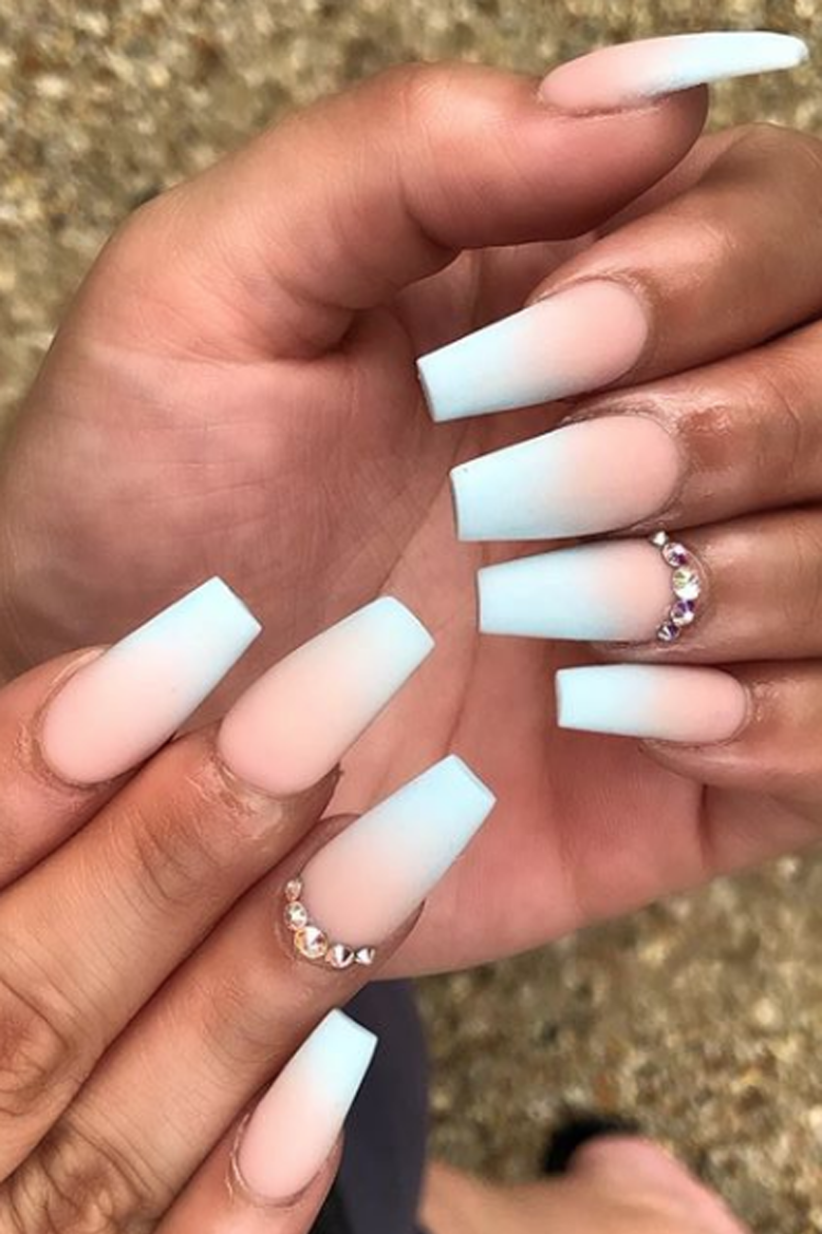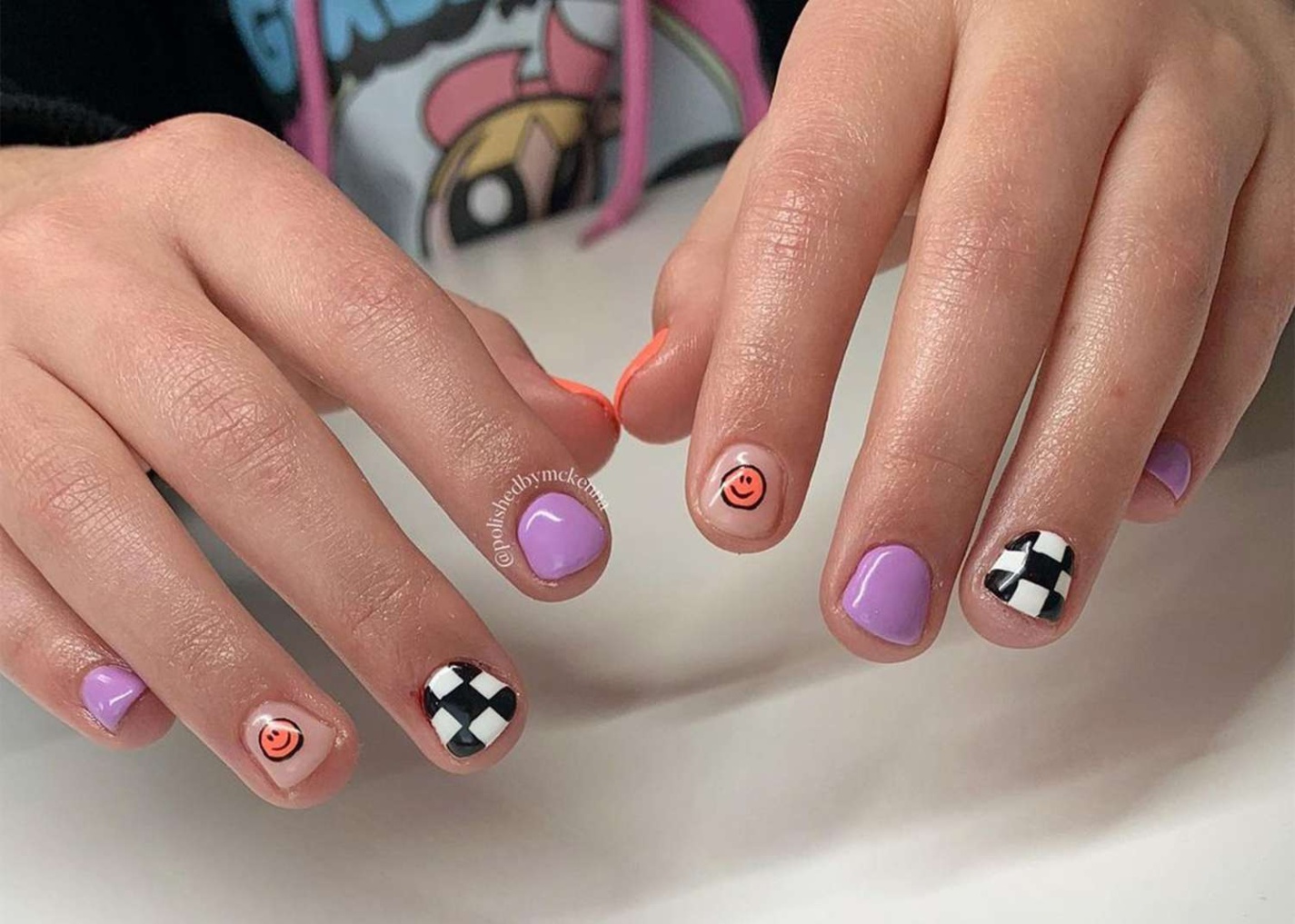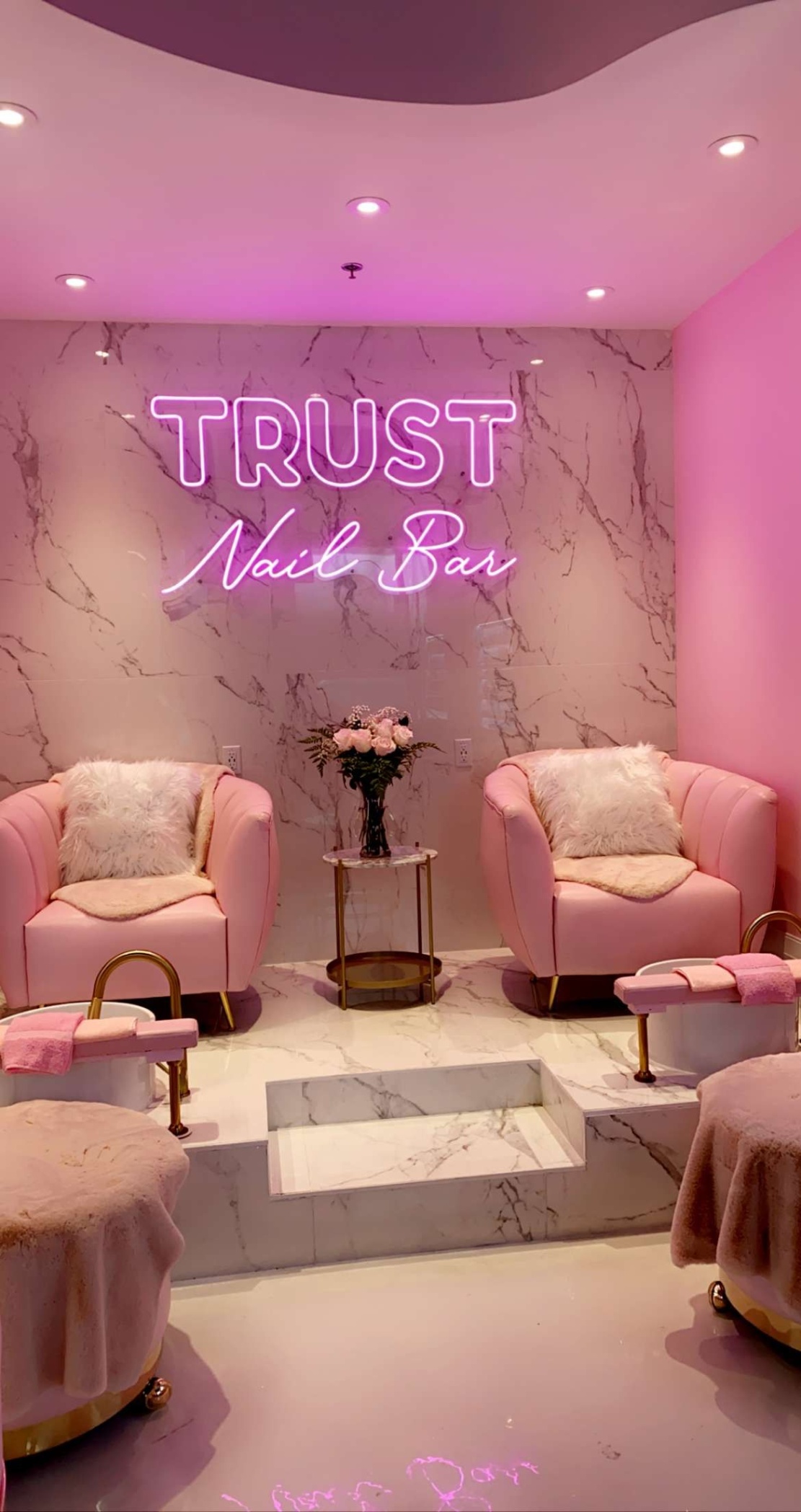Unleashing Creativity: The Magic of Graphic Design
Graphic design is a powerful tool that combines images, text, and color to create eye-catching art that captivates the viewer. It is a form of visual communication that can convey a message, evoke emotions, and inspire action. The magic of graphic design lies in its ability to unleash creativity and transform ideas into stunning visuals.

Image Source: animationcoursesahmedabad.com
At its core, graphic design is all about creativity. It is about pushing boundaries, experimenting with different techniques, and thinking outside the box. Whether you are designing a logo, a website, a poster, or any other form of visual communication, the key is to let your imagination run wild and explore new possibilities.
One of the most exciting aspects of graphic design is the endless array of tools and techniques at your disposal. From digital software like Adobe Photoshop and Illustrator to traditional mediums like pen and paper, there are countless ways to bring your ideas to life. Experimenting with different tools and techniques can help you discover new ways to express yourself and push the boundaries of your creativity.

Image Source: visme.co
But creativity alone is not enough to create truly captivating graphic design. The magic happens when creativity is combined with a deep understanding of visual elements like text and color. Text is a powerful tool that can convey a message, set the tone, and guide the viewer’s eye. Choosing the right fonts, sizes, and layouts can make a huge difference in how your design is perceived.
Color, too, plays a crucial role in graphic design. Different colors evoke different emotions and can have a profound impact on the viewer. By carefully selecting a color palette that complements your message and resonates with your audience, you can create designs that are not only visually appealing but also emotionally engaging.
When it comes to graphic design, the placement of images is also key. Images can help to reinforce your message, add visual interest, and create a focal point for the viewer. By strategically placing images within your design, you can guide the viewer’s eye, create a sense of balance, and draw attention to key elements.
Ultimately, the magic of graphic design lies in the way that all of these elements – creativity, text, color, and images – come together to create a cohesive and impactful piece of art. Whether you are designing a logo for a brand, a poster for an event, or a website for a business, the key is to think about how each element contributes to the overall message and aesthetic.
In conclusion, graphic design is a powerful form of visual communication that combines creativity with text, color, and images to create eye-catching art that captivates the viewer. By unleashing your creativity and harnessing the magic of graphic design, you can create designs that not only look great but also communicate effectively and inspire action. So, let your imagination run wild, experiment with different tools and techniques, and see where the magic of graphic design can take you.
Harnessing Visual Elements: A Guide to Text and Color
Graphic Design is a magical world where images, text, and color come together to create eye-catching art that captivates and engages viewers. In this guide, we will delve into the importance of text and color in graphic design, and how they can be harnessed to create stunning visual elements.
Text is a powerful tool in graphic design, as it conveys information and communicates messages to the audience. The choice of fonts, styles, and sizes can greatly impact the overall look and feel of a design. When selecting text for a project, it is important to consider the tone and message you want to convey. For example, a sleek and modern font may be more appropriate for a tech company, while a bold and playful font could be better suited for a children’s brand.
Color is another essential element in graphic design, as it has the ability to evoke emotions and set the mood of a design. Different colors carry different meanings and associations, so it is important to choose colors that complement each other and enhance the overall aesthetic of the design. For example, warm colors like red and orange can create a sense of energy and excitement, while cool colors like blue and green can evoke a feeling of calm and serenity.
When combining text and color in a design, it is important to create a harmonious balance that is visually appealing. Contrast is key when it comes to making text stand out against a background, so choosing colors that have a high level of contrast can help make the text more legible and engaging. Additionally, using color to highlight key elements of the design can draw the viewer’s eye and create visual interest.
Incorporating textures and patterns into a design can also add depth and dimension, making the overall composition more visually engaging. Textures can be used to create a tactile feel, while patterns can add visual interest and create a sense of movement within the design. By experimenting with different textures and patterns, designers can create unique and dynamic compositions that capture the attention of the audience.
When it comes to choosing a color palette for a design, it is important to consider the psychology of color and how different colors can affect the viewer’s perception. Warm colors like red, orange, and yellow are often associated with energy, passion, and excitement, while cool colors like blue, green, and purple are linked to calmness, serenity, and trust. By understanding the meanings and associations of different colors, designers can create designs that evoke the desired emotional response from the audience.
In conclusion, text and color are essential elements in graphic design that can be harnessed to create visually stunning and engaging compositions. By carefully selecting fonts, styles, sizes, and colors, designers can effectively communicate messages and evoke emotions through their designs. Text and color work together to create a harmonious balance that captures the attention of the audience and leaves a lasting impression. So remember, when it comes to graphic design, harnessing visual elements like text and color is the key to creating eye-catching art that captivates and inspires.
From Pixels to Perception: The Art of Image Placement
When it comes to Graphic Design, one of the most important elements to consider is the placement of images. Images play a crucial role in conveying messages, evoking emotions, and creating visually appealing designs. Without proper placement, even the most stunning images can fall flat. In this article, we will explore how images are positioned within a design to create a lasting impact on viewers.
The first step in image placement is to consider the overall layout of the design. Whether you are creating a website, a poster, a brochure, or any other form of visual communication, the layout sets the foundation for where images will be placed. It is important to consider the flow of the design and how images will guide the viewer’s eye through the piece.
Once the layout is established, it’s time to consider the size and scale of the images. Larger images tend to grab more attention and can serve as focal points within a design. Smaller images, on the other hand, can be used to add visual interest or complement larger images. The key is to strike a balance between different sizes and scales to create a dynamic composition.
Another important aspect of image placement is the relationship between images and text. Images can be used to reinforce the message conveyed by text, or they can serve as standalone visual elements. When placing images alongside text, it is essential to consider the hierarchy of information and ensure that the two elements work harmoniously together.
Furthermore, the placement of images can create a sense of depth and dimension within a design. By layering images on top of each other or positioning them in front of or behind other elements, designers can add visual interest and complexity to their compositions. This technique can help to create a sense of movement and draw the viewer’s eye through the design.
In addition to the placement of individual images, designers must also consider how images work together as a cohesive whole. Grouping images together can create a sense of unity and coherence within a design. Whether images are arranged in a grid layout, overlapped, or positioned in a collage-style arrangement, the key is to create visual relationships between the images that enhance the overall impact of the design.
When it comes to image placement, the rule of thirds is a valuable principle to keep in mind. This rule suggests dividing an image into nine equal parts using two horizontal and two vertical lines, and placing key elements along these lines or at their intersections. By following the rule of thirds, designers can create visually balanced and engaging compositions that draw the viewer’s eye to important focal points.
Ultimately, the art of image placement is about creating visual harmony and balance within a design. By carefully considering the layout, size, scale, relationship to text, depth and dimension, and overall cohesion of images, designers can create compelling and eye-catching designs that resonate with viewers. Images are powerful tools in graphic design, and when placed thoughtfully, they can captivate audiences and leave a lasting impression.
Creating Masterpieces: The Power of Eye-catching Artistry
When it comes to Graphic Design, creating eye-catching artistry is the ultimate goal. It’s not just about putting together images, text, and color – it’s about blending them in a way that captivates the viewer and leaves a lasting impression. In this article, we will explore how graphic designers use their skills to craft masterpieces that draw in their audience and convey a powerful message.
One of the key elements of eye-catching artistry is the use of images. Images have the power to evoke emotions, tell stories, and capture the viewer’s attention. A skilled graphic designer knows how to select the right images that will resonate with their audience and enhance the overall design. Whether it’s a striking photograph, an intricate illustration, or a playful graphic, images play a vital role in creating a visually compelling piece of art.
But images alone are not enough – text also plays a crucial role in graphic design. The choice of font, size, color, and placement of text can greatly impact the overall look and feel of a design. Text can be used to convey information, add context, or even serve as a design element in its own right. A skilled graphic designer knows how to balance the use of text with images to create a harmonious composition that is both visually appealing and informative.
Color is another important element in graphic design that can make or break a design. The use of color can evoke different emotions, set the tone for a design, and create visual interest. A skilled graphic designer understands the psychology of color and knows how to use it to their advantage. Whether it’s a bold and vibrant color scheme or a soft and subtle palette, the choice of colors can greatly impact the overall impact of a design.
When it comes to creating eye-catching artistry, the secret lies in the seamless integration of images, text, and color. A successful design is one where all these elements work together harmoniously to create a visually stunning piece of art that grabs the viewer’s attention and conveys a powerful message. A skilled graphic designer knows how to balance these elements and create a cohesive design that is both aesthetically pleasing and effective.
In conclusion, graphic design is a powerful tool that allows designers to unleash their creativity and create masterpieces that captivate the viewer. By harnessing the visual elements of images, text, and color, graphic designers can create eye-catching artistry that leaves a lasting impression. So next time you see a stunning piece of graphic design, take a moment to appreciate the skill and artistry that went into creating it.
definition of graphic design









